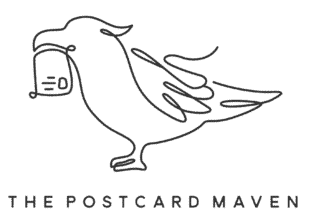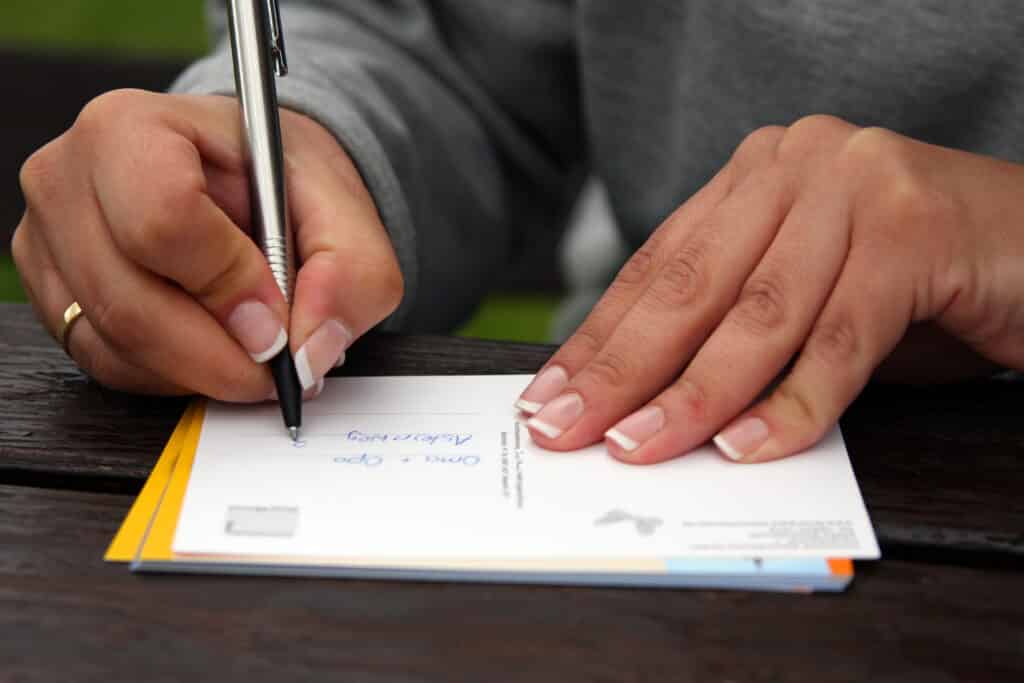Connection
5 Easy Ways to Stay in Touch With Friends
Life is full of duties and distractions, and whether you have a large circle of friends and family or simply stay closest with a few, things always seem to get in the way of staying in touch. Before you know it, somehow it’s been a month since you’ve sent your best friend a postcard, called your parents, or seen that friend who literally lives five minutes away.
As many long, isolated months of self-quarantine and social distancing give way to what we all hope will be a far more normal summer, it can be easy to just let yourself go “back to normal”—but for many of us, our previous normal could have been better in terms of making time for the things that truly matter.
I’ve been thinking a lot about how to incorporate what I’ve been missing most from my “normal” life into a new, better normal going forward. For me, that involves making more time for the people, places, and passions that make me feel alive. If that’s you too, read on for five thoughts on how to stay in touch with your favorite people through this year and into the future.
1. Make a Commitment to Staying in Touch
As with any goal, the most important part is deciding to prioritize it and then sticking to that decision. It can help to first determine exactly why you want to set the goal in the first place—have you lost touch with your crew from college as your career has slowly started taking all your time? Do you want to make sure you don’t miss watching your sister’s new baby grow up in the years to come?
Jot your goal down (on a postcard, perhaps?) and post it on your wall, fridge, or anywhere else you’ll see it every day. When you see that goal, take a pause—even just for a single second—and remember the rationale behind it so it stays top of mind. Recommit to staying in touch every time you do this.
Of course, setting a goal and sticking to it is always easier said than done—which is where the next recommendation comes in.
2. Automate the Process
It may feel more authentic to try to keep in touch with people without having to schedule or automate the process in any way, but let’s be honest—in order to compete with the million other automated messaging systems vying for our attention (hello, online furniture store emailing new deals three times a day), it can help to automate notifications for the things you actually want to do, too.
I’ve started using an app called Call Your Friends to keep track of the people I want to connect with regularly: After entering a bit of information about each friend (their birthday, how often I want to contact them, when we connected last, etc.), the app prioritizes the best people for me to reach out to next and texts me every few days with a suggestion. Once I’ve called, texted, seen, or written to that person, I reply with “C” for connected (or “S” for skip), and pretty soon I have another suggestion waiting.
This lets me stop worrying about missing birthdays or going too long without sending a note to my grandma—in other words, it reduces the mental load of planning who I want to contact and when, allowing me to focus my attention on actually doing it.
3. Keep in Touch in Different Ways
Once you’ve committed to keeping in touch, it can be easy to fall off the habit if you’re trying to stay in touch with everyone the same way. Calling three people per week, for instance, can quickly get tiring, but if you’re catching up with one friend in person, calling another, and sending snail mail to a third, the process of staying connected becomes far less monotonous.
Try to be intentional with how you choose to communicate with each person—maybe a few-sentence text feels like the easiest way to touch base with your old roommate, but would it be twice as nice for her to get those same exact sentences written out on a postcard? (Regardless of my obvious bias, I can virtually guarantee she’ll be way more excited by the fact that you took the time to write!)
4. Don’t Let Perfect Be the Enemy of Good
Maybe you’d really love to plan something super-special for your coworker’s birthday, but you’re running out of time and it’s stressing you out. Rather than making your own life miserable by overstretching, scale back your plans and do something simple!
If you even take five minutes to jot down a thoughtful note telling them why you think they’re great, that’s going to mean a lot; it doesn’t matter how much it might have meant if you’d planned a whole shindig with balloons, presents, and cake. They’re going have a great day and understand how much you appreciate them either way.
Sometimes when I’m planning to send someone a postcard, I want to go all out—art, stickers, a clever message, beautiful stamps, the works. But I don’t always have time to do that, and sometimes I don’t get to it for weeks (or worse, it keeps me from sending the postcard at all).
Over time, I’ve found that if I’m feeling busy, just sitting down, writing a super-short message, and getting it in the mail is better than waiting to find the time to do a whole thing. Sometimes after I’ve sent a postcard that I thought wasn’t very special, I hear back from that friend telling me how that postcard made their day, because they got it on a day that nothing seemed to be going right, or simply because hearing anything at all was the best part about the message.
5. Do Your Best—& Keep Going
The days when you’re totally and completely swamped are the days when goals most often meet their demise—but they don’t have to be, as long as you accept that making the most basic effort still counts.
At your busiest moments, sending anything at all (a quick text saying “Hey friend! Hope you know you’re the best and I’m thinking about you!”, for instance—you can even keep a few messages like this in a note to copy and paste as needed) is truly all it takes to keep your goal alive. Not only does the friend feel loved, you don’t have to feel bad about falling out of touch—instead, you get the sense of accomplishment that comes with staying true to your intention.
Cut yourself some slack, do whatever you have time for when it’s time to say hey to the next friend, and keep going. At the end of the day, that’s all it really takes to be a good friend: Finding the time to make a person feel valued, even if that time doesn’t really exist at all.







